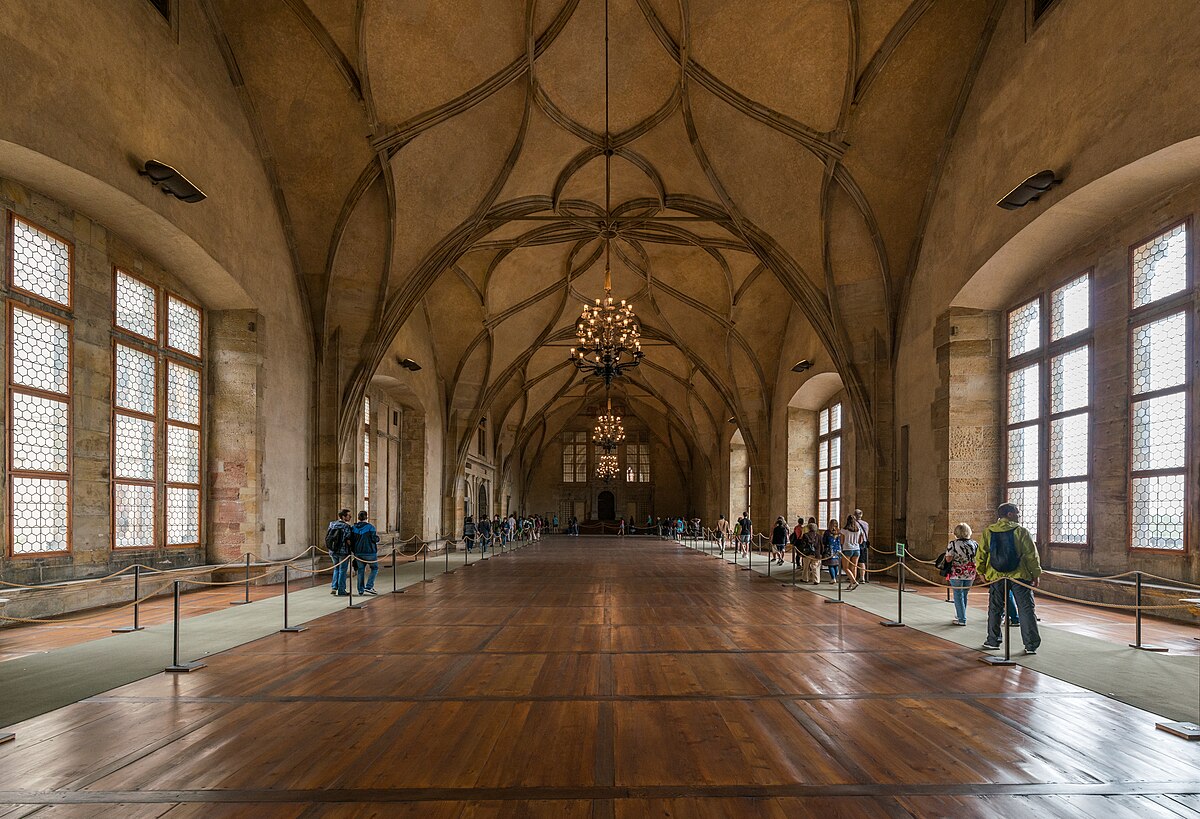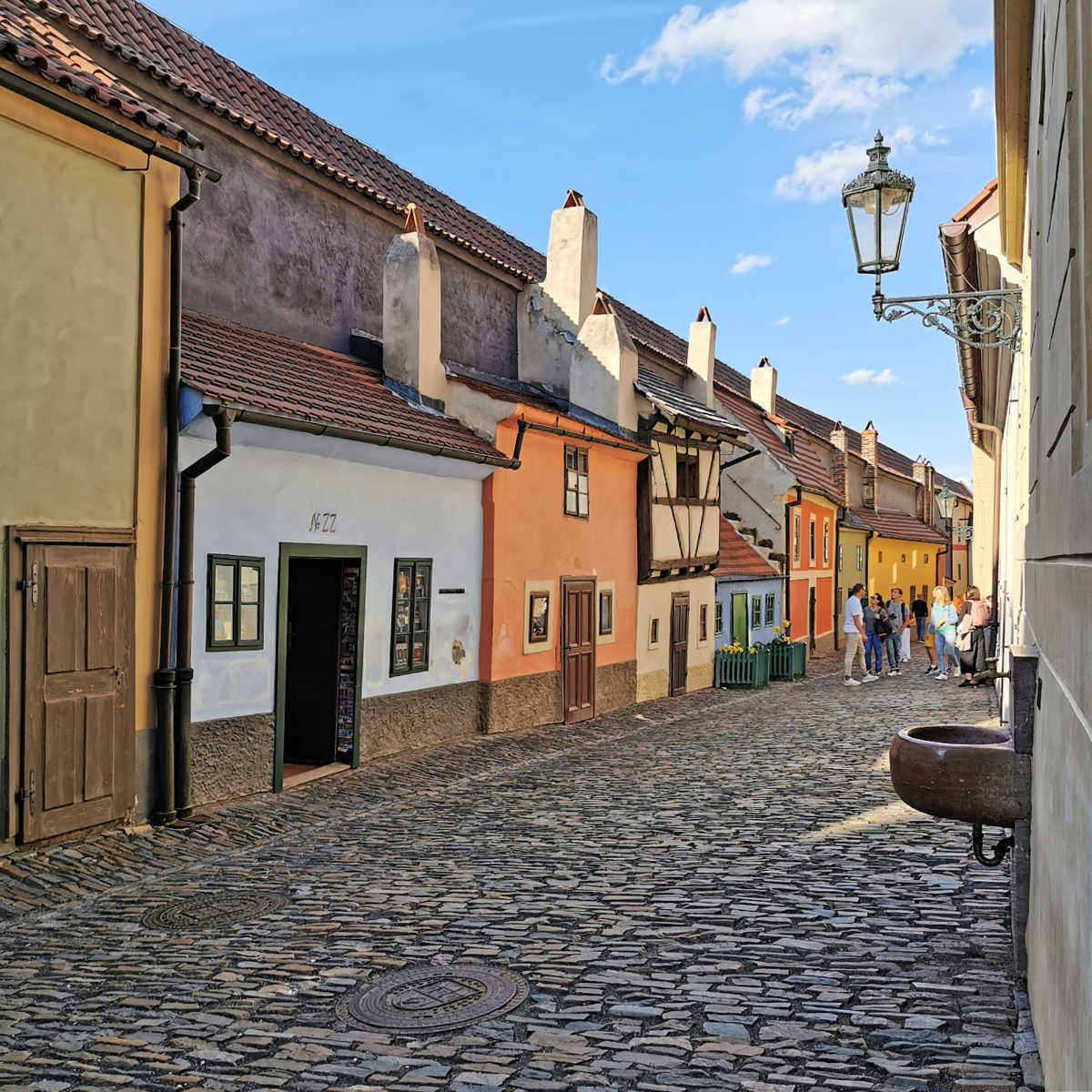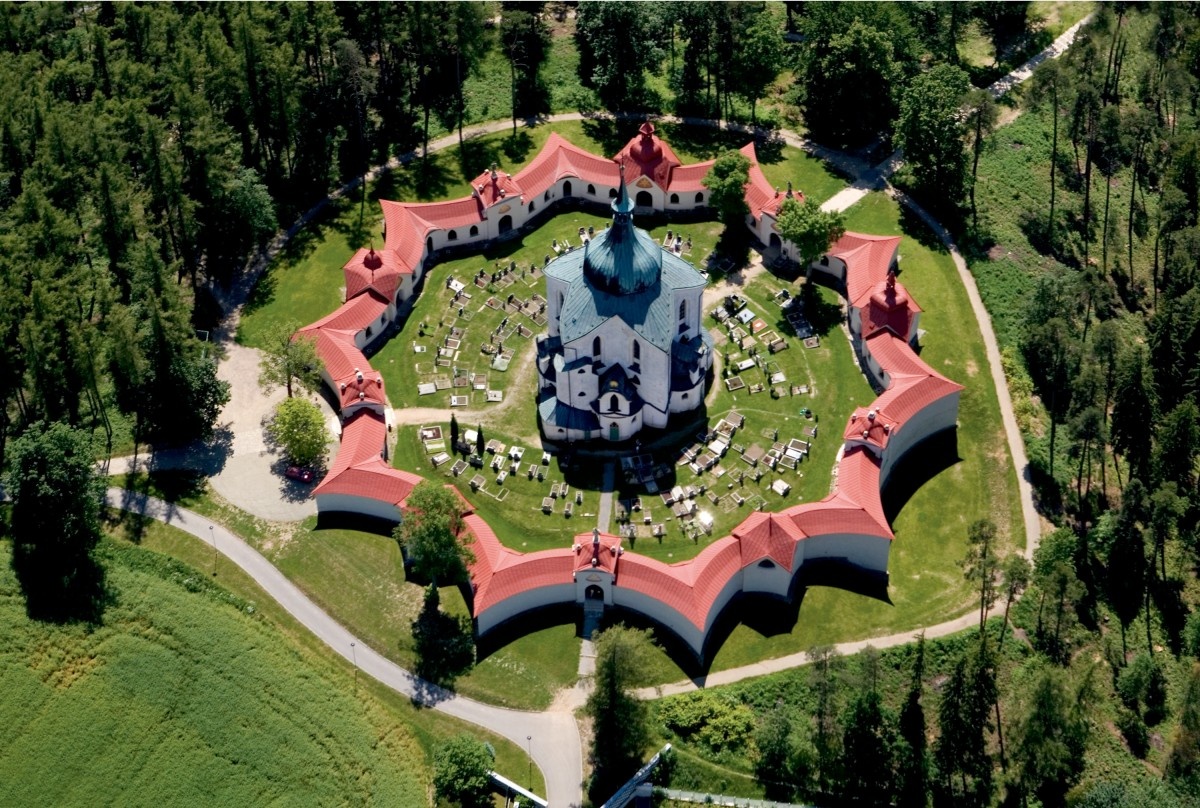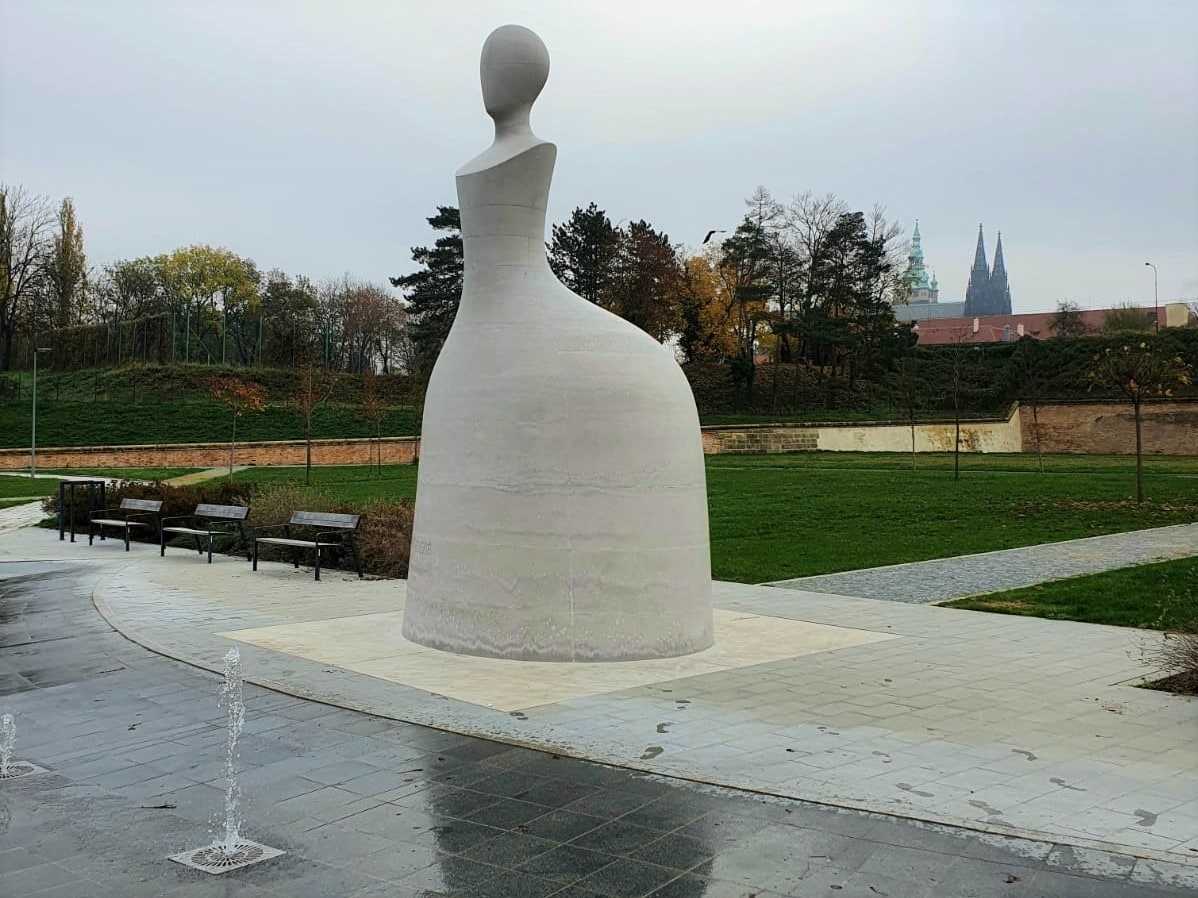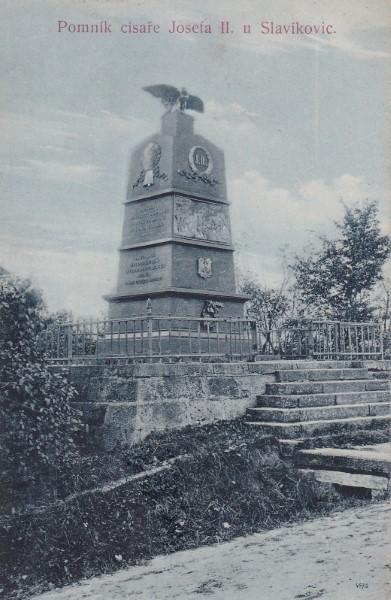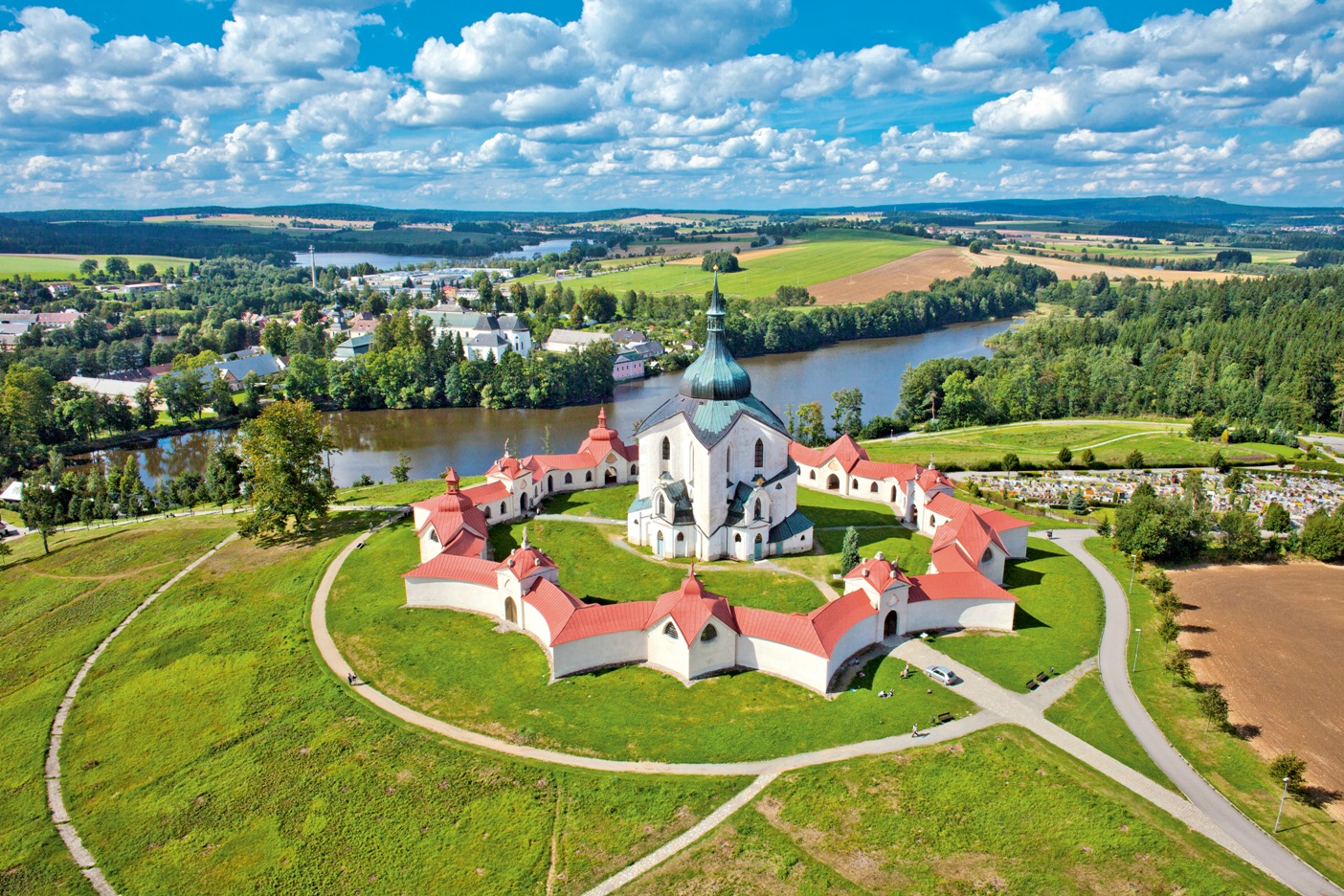
Culture in the Era of Renaissance and Baroque – Žďár nad Sázavou
Czech figure of the „Legacy of the Jagiellonians and Habsburgs dynasties” topic
Throughout entire early modern Central Europe, culture and art were along the course of Renaissance and Baroque and the Czech lands were not an exception to this. During times of Jagiellonian and Habsburg rule, the Czech lands found themselves in the centre of European cultural course of events multiple times. The first elements of Renaissance culture appeared in the Czech lands as early as in the late 15th century. In year 1493, the oldest and perhaps also the most notorious Renaissance landmark in Bohemia, the windows of the Vladislav Hall at Prague Castle, were built. Renaissance would, however, took hold gradually and reach its peak in Czech art and culture only by the half of the 16th century. Whereas its origins were bound to the Jagiellonians, its pinnacle is associated with the Habsburgs, particularly with the regent Ferdinand of Tyrol.
The Czech lands became a factual cultural centre during the reign of Rudolf II at the turn of the 16th and the 17th century. For decades, Prague served as the emperor’s residence and at his court performed a variety of renowned artists and intellectuals of the time. Rudolf II was a generous patron, and his spacious art collections gained recognition throughout entire Europe.
The Mannerist art of Rudolfine Prague was replaced by Baroque during the Thirty Years’ War. In the course of this global armed conflict, numerous pieces of valuable artworks were lost or destroyed. The landscape ravaged by war, however, provided opportunities for new production. Multiple sacral buildings, particularly those built at the turn of the 17th and 18th centuries, are considered as masterpieces of Baroque architecture. The works of Jan Blažej Santini-Aichel are particularly notable for the inclusion of Gothic elements into Baroque designs. Likewise, music, painting, and literature flourished during this period.
New intellectual impetuses entered the Czech lands in the second half of the 18th century in the form of Enlightenment. The intellectual turning point of the Enlightenment manifested in a particular emphasis on science and education. During the rule of Maria Theresa, an extensive reform of education was implemented. Education was, however, not the single field affected by the Theresian reforms. In the course of Maria Theresa’s long reign, state administration was entirely revamped, the army was modernised, Theresian cadastres were introduced, law reformed and so forth. Joseph II continued with the reformist effort of her mother as he was one of the key figures of European Enlightenment. His reforms were even more radical and touched upon a diverse set of sectors.
The early modern cultural world, in many respects, maintained continuity with medieval traditions, but also a gradual transformation in thinking took place. The loosening of old traditions paved the way for new technologies, scientific discoveries, and innovative artistic expression. These transformations underscore the dynamic development during these centuries, not only in the Czech lands but throughout Europe.
Facts


